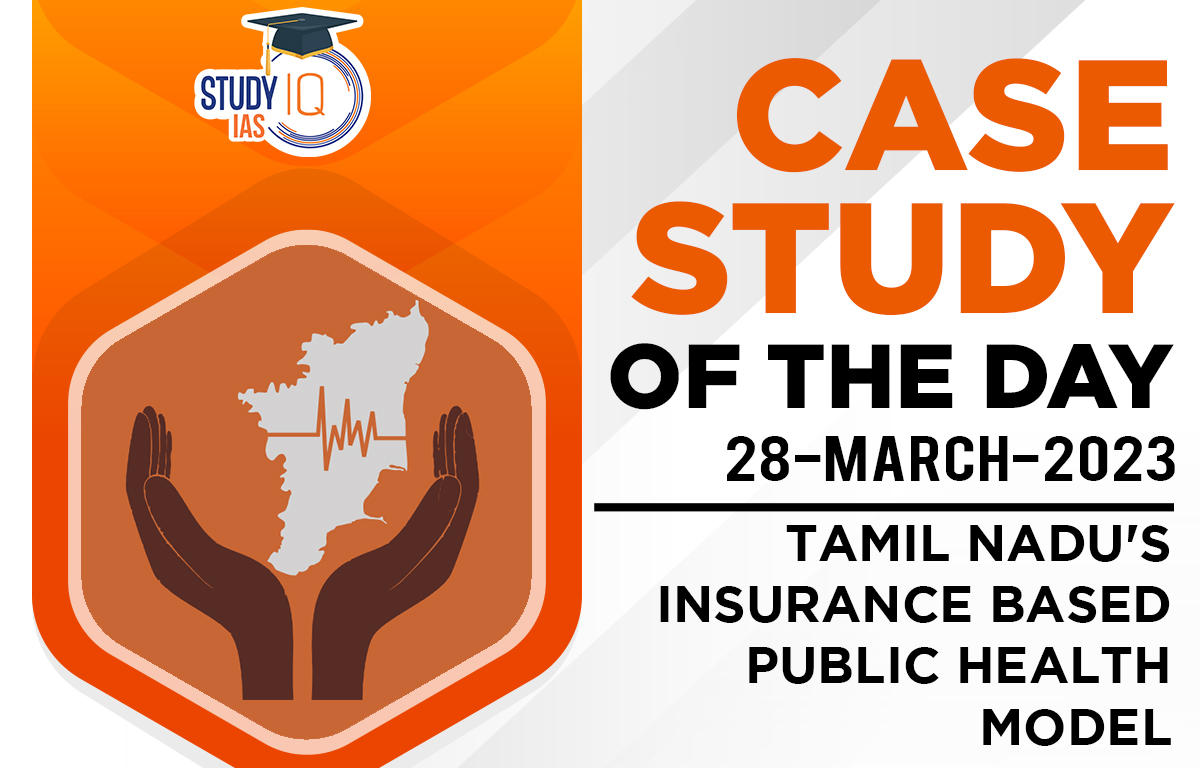Table of Contents
Context : The Tamil Nadu public health model, which has incorporated indirect funding through the insurance companies, has ushered in massive changes in the functioning of the public health sector.
About Insurance based Public Health Model
- Earlier Challenges before the Government
- Quality healthcare was unaffordable for the economically weaker sections of society.
- The Free Healthcare schemes used to often lead to long waitlists for emergency and life saving surgeries, in district and sub-district hospitals.
- The Government of Tamil Nadu introduced a scheme called the “Chief Minister Kalaignar Insurance Scheme for life saving treatments” in 2009, to address the challenges and ensure availability of advanced healthcare.
- Features of the scheme
- Scheme is for the poorest of the poor/low income/unorganized groups, as a supplementary facility for getting free treatment in empanelled Government and private hospitals for serious ailments.
- Eligibility: Any family whose annual income is Rs.72,000/- or less.
- Support: Under the scheme, the sum assured for each family would be Rs.1 lakh every year for a total period of four years and for a total value of Rs. 4 lakh.
- Coverage: At least six hospitals in each district would be covered.
- Impact
- It has ensured equity in the delivery of health care.
- Big improvements in maternal and infant mortality and universal immunization coverage are evident.
- It has led to a low total fertility rate compared to the all-India average.
- Process has led to decentralization of medical and healthcare administration.
Conclusion
- At a time when ‘Out of Pocket’ expenditure for Medical Expenses is high in India, there is a need for such economically feasible Interventions to ensure Health Security to the vulnerable sections of society.





















 WhatsApp
WhatsApp